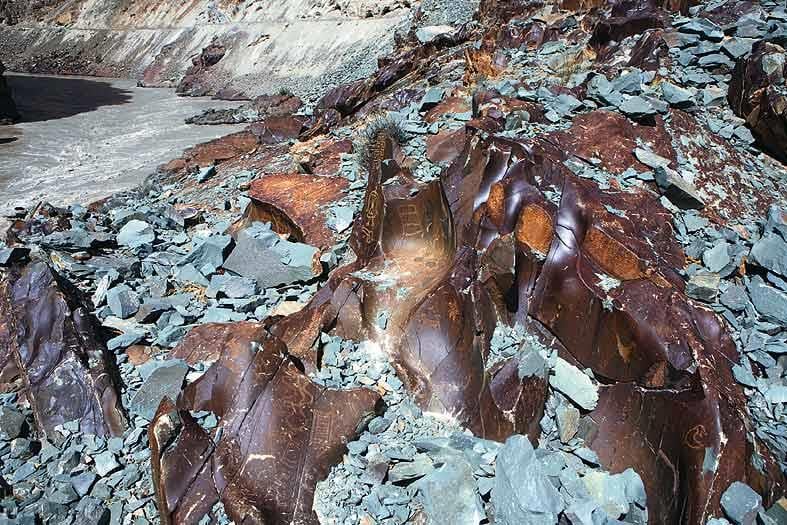
A petroglyph site along the Zanskar river that has been almost completely ruined by the increasing demand for stones.
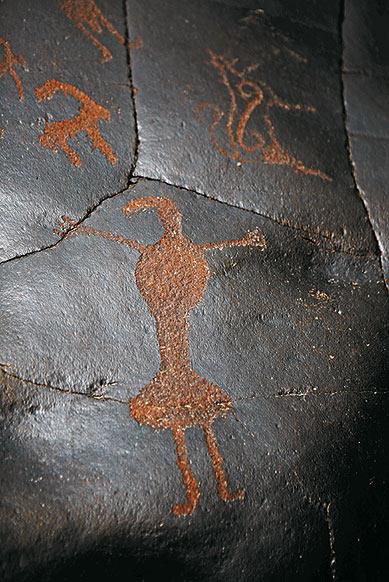
A stylised human figure (anthropomorph).
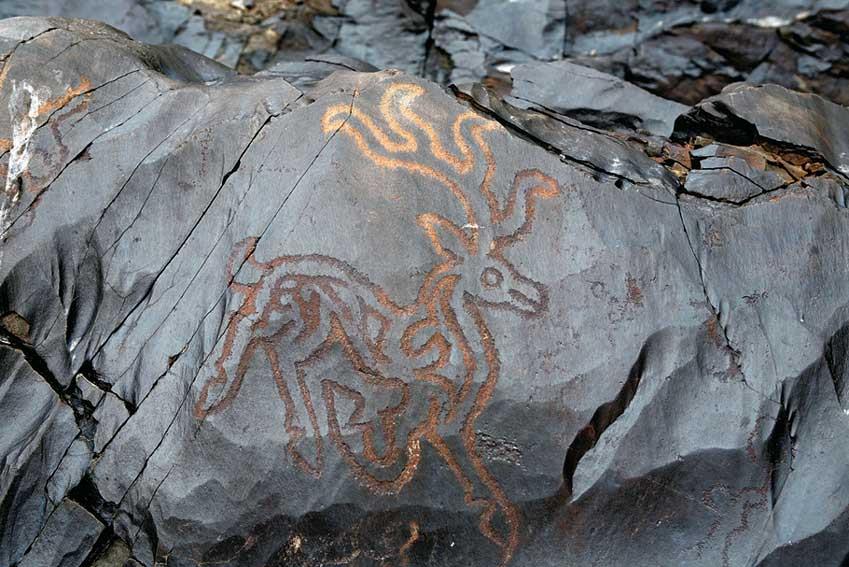
A beautiful stag.
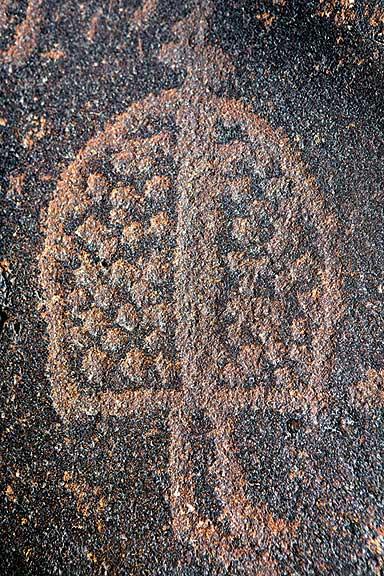
Examples of ceremonial art, all from Domkhar.
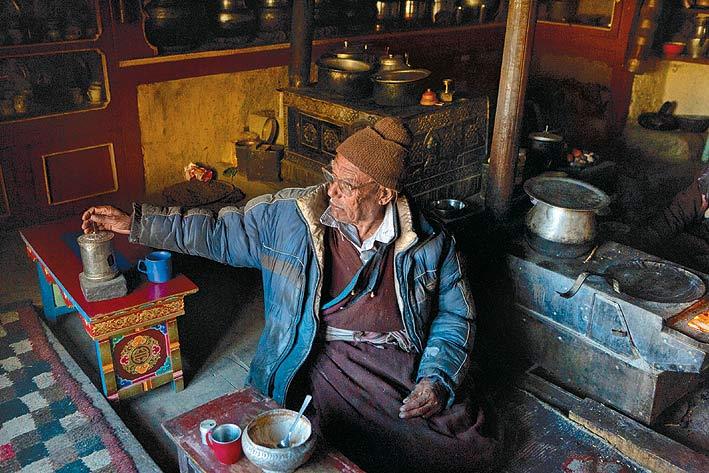
Tashi Stanba spins his prayer wheel at the Tanjuk homestay.
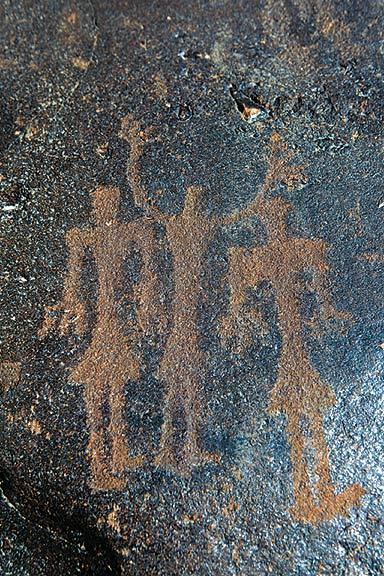
Examples of ceremonial art, all from Domkhar.
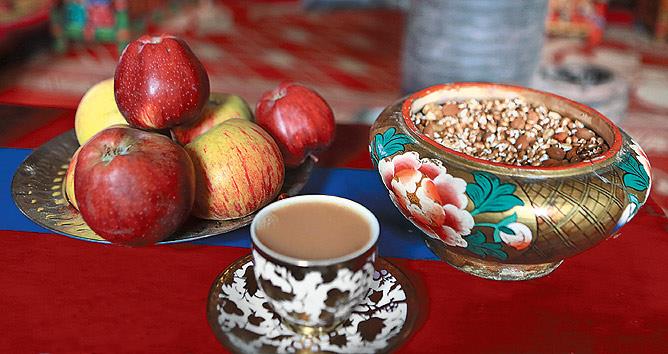
A repast of fresh apples from the orchard, yoors (a dried fruit and roasted grain mixture) served in a hand painted wooden zibor and butter tea.
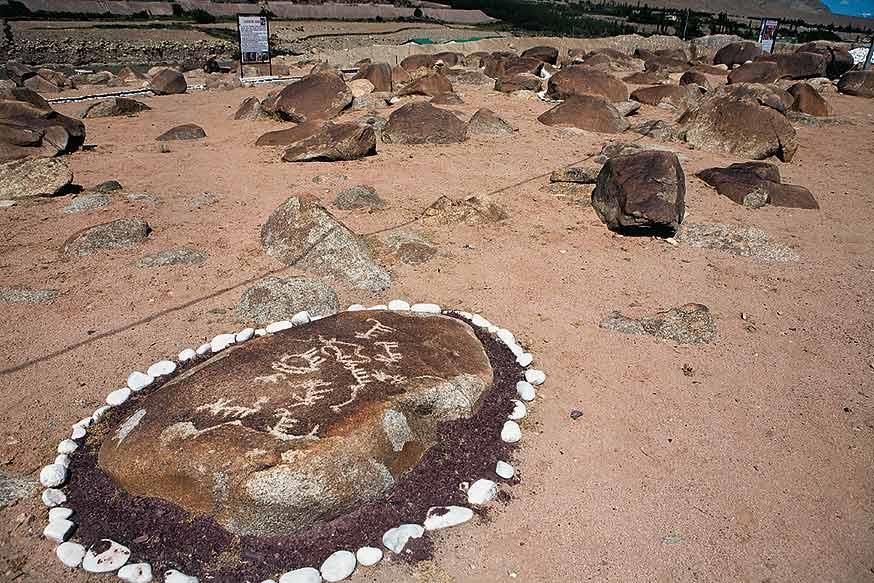
A relocated rock in the Petroglyph Park at Kharu. Ideally, rocks should be protected in their place of origin. However, in the absence of such steps taken by the ASI or other bodies relocation is a welcome effort in conserving rocks.
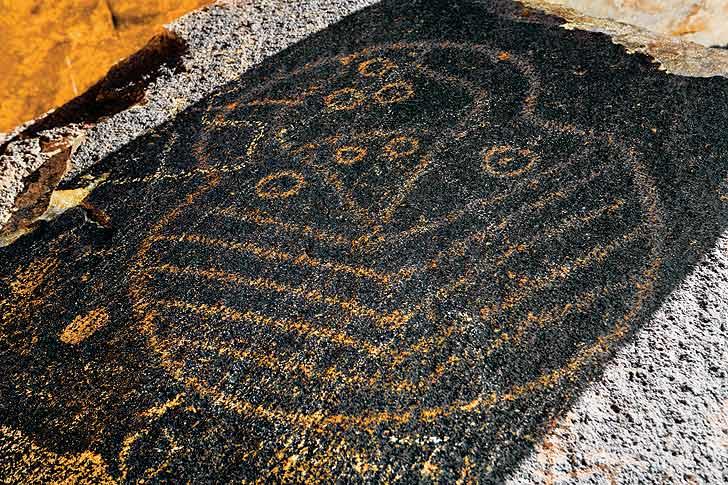
Ibex and human glyphs at the Takmachik site.

Glyphs at Shara.
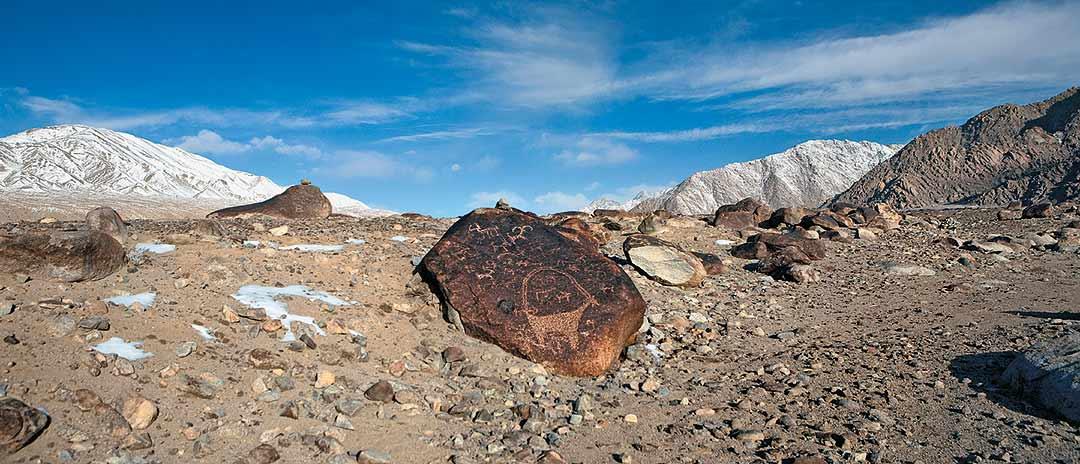
An ibex with exaggerated antlers at Taru Thang.
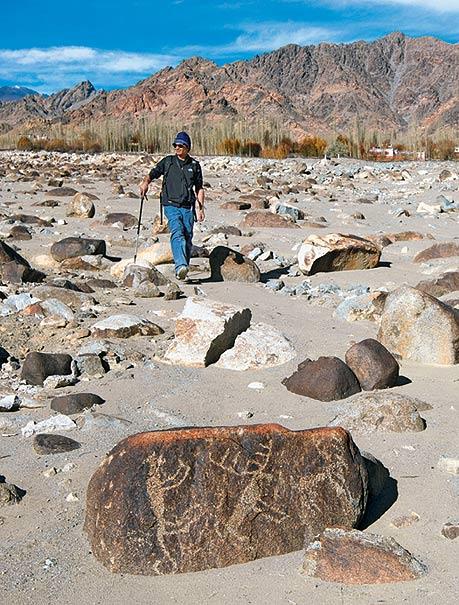
Looking for rocks at the vast flats of Sabu Thang.
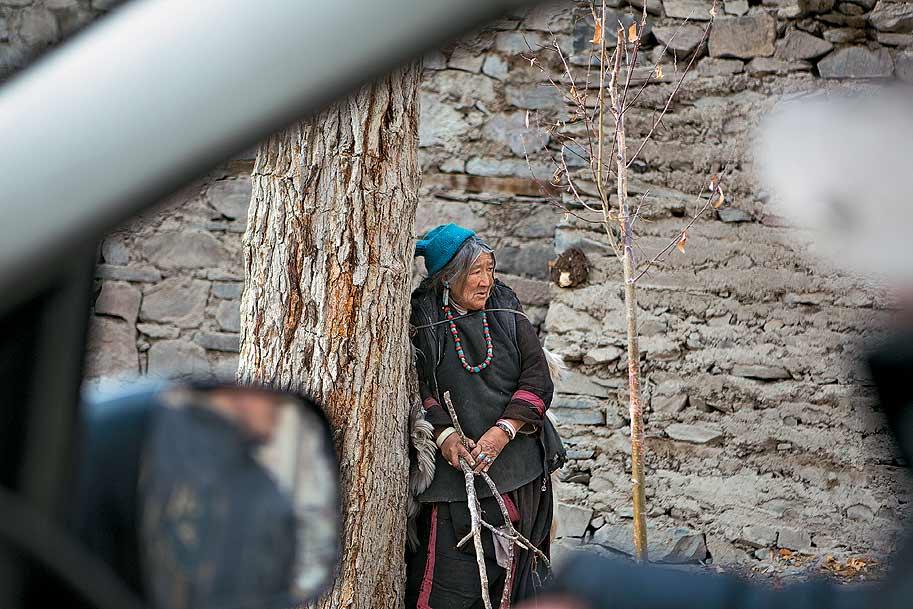
The village of Ledo.
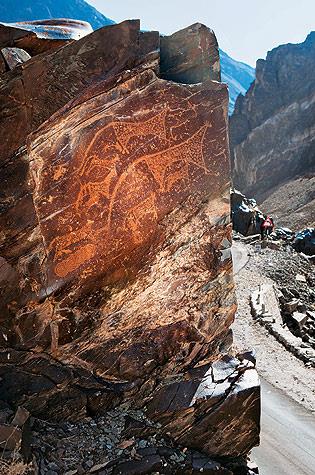
A hunting pack of felines on the Chilling road beside the Zanskar river.
Ladakh
Petroglyphs
photo features

